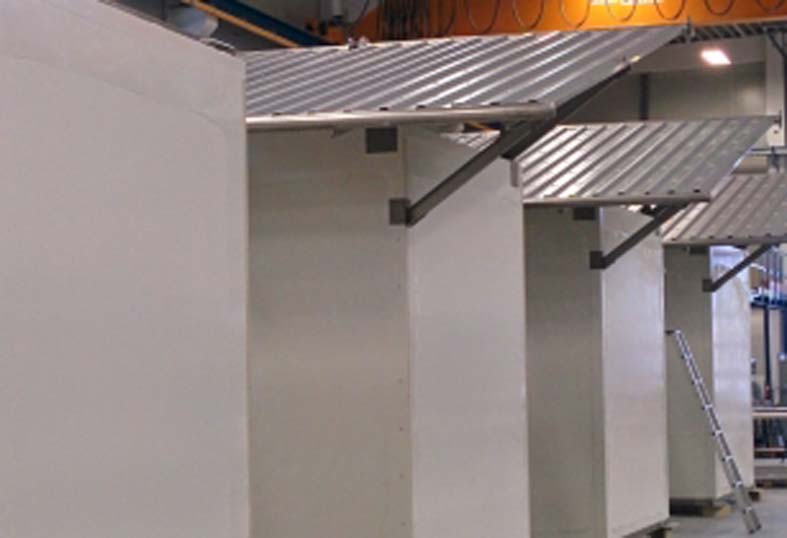Outdoor shelters with Intertecs passive and active cooling technologies are being chosen to protect crucial control systems at a Middle East refinery
Intertec's PLC-based systems have been chosen by a Middle Eastern refinery to provide the control and safety functions needed to manage eight burners at the site. The refinery and its location pose their own difficulties, with the site being situated in a harsh coastal desert location.
Intertec's design features two innovative, engineering features that have been developed to overcome the unique issues that the company were faced with. The first are custom-designed remote instrument enclosures (RIEs) based on composite GRP materials. These materials can protect against high levels of UV exposure, extremes of temperature, dust and sand abrasion, key components in the environment.
The second solution that had to be developed is the regulation of the internal environment. This meant delivering essential cooling to provide reliable operations of the electronics. Intertec provided three cooling methods to help protect against failure. These systems are an air cooler, a water cooler and a water-based passive cooler system. The IP65-rated shelter uses the plant's instrument air service to help maintain temperature, after drying and filtering.
Keith Wood, Intertec's project manager said, "Intertec's novel approach to this field protection problem meets a growing need in today's process world. Control and instrumentation systems are being sited much closer to the process, deep inside corrosive and hazardous areas - and this in turn is demanding higher levels of reliability. GRP enclosure construction materials, combined with innovation in the associated protection systems such as cooling, are helping engineering consultancies to create advanced new plant solutions."
Intertec say that one of many advantages of the multi-facated cooling approaches are that it reduces the overall size of the solution. The reason for this is that the cooling tank needed to protect the the operation on the hottest day of the year, if using a purely passive system, would be very large, while incorporating the other two system reduces the overall size of the solution.






